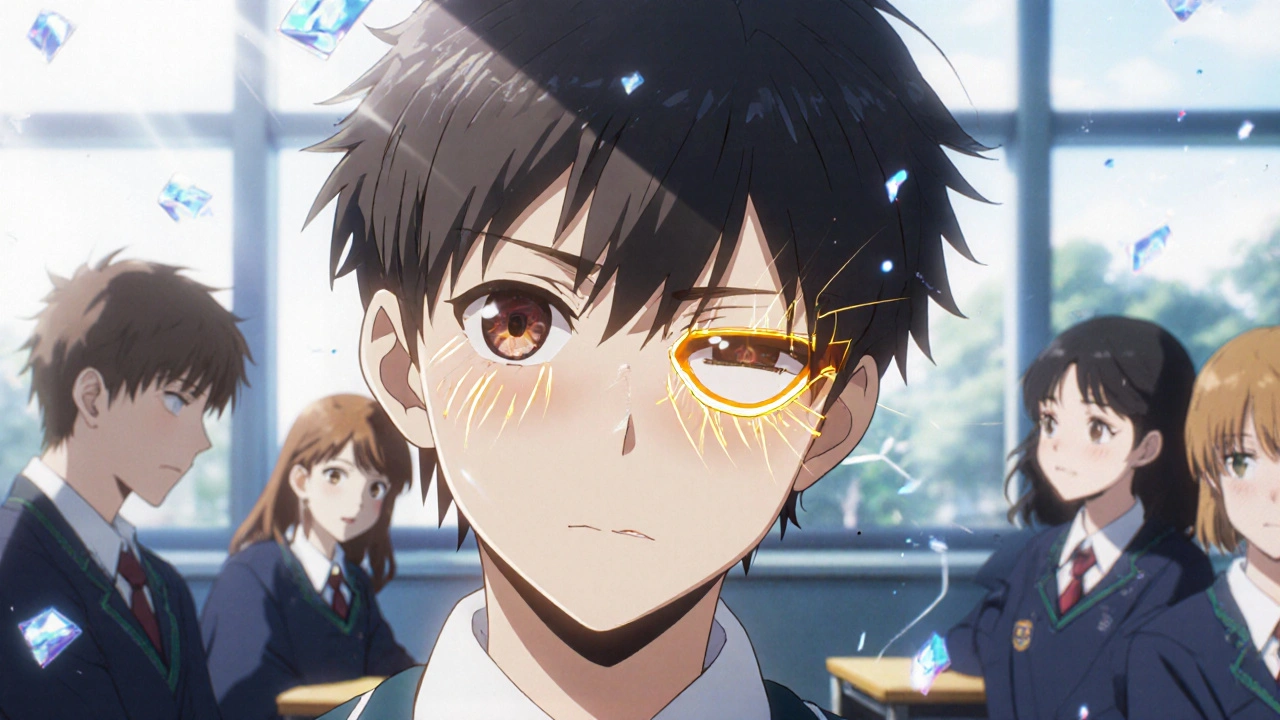Eye Muscle Surgery: What It Is, When It’s Needed, and How It Relates to Vision Therapy
When your eyes don’t line up properly—when one turns in, out, up, or down while the other looks straight—you might be dealing with strabismus, a condition where the eyes are misaligned and don’t work together to focus on the same point. Also known as crossed eyes or walleye, strabismus isn’t just a cosmetic issue. It can cause double vision, poor depth perception, and even permanent vision loss if untreated. Eye muscle surgery, a procedure that adjusts the position or tension of the eye muscles to correct alignment is often the most direct fix when glasses or patches don’t work.
Not everyone with eye misalignment needs surgery. For some, especially kids with mild cases, vision therapy, a structured program of eye exercises designed to improve how the brain and eyes work together can fix the problem without a scalpel. This is especially true for conditions like convergence insufficiency, a common binocular vision disorder where the eyes struggle to turn inward when focusing on close objects, which causes headaches, blurred vision, and trouble reading. Studies from the National Institutes of Health show that office-based vision therapy works better than home exercises for this condition. But if the eyes are physically stuck in the wrong position—due to muscle tightness, weakness, or scarring—surgery becomes the only reliable way to realign them.
Eye muscle surgery isn’t brain surgery. It’s done under local or general anesthesia, takes less than an hour, and most people go home the same day. The surgeon doesn’t remove or cut into the eyeball. Instead, they make a tiny incision in the tissue covering the eye, then either shorten, lengthen, or reposition the muscle to change how it pulls. Recovery is quick—redness and mild discomfort last a few days, and kids often go back to school in a week. Adults might need a few extra days off work, especially if their job involves screen time. The goal isn’t just to make the eyes look straight. It’s to restore binocular vision so both eyes work as a team again.
What you won’t find in most doctor’s offices is a clear link between surgery and non-surgical options. Many patients are told to choose one or the other. But the truth is, they often go hand-in-hand. After surgery, vision therapy can help the brain relearn how to use both eyes together. And before surgery, therapy can sometimes reduce the degree of misalignment enough to make the procedure simpler—or even avoid it. That’s why it’s worth asking your eye doctor: Is this a muscle problem, a brain problem, or both?
What follows are real, detailed comparisons of eye-related treatments—from the strongest prescription eye drops used to dilate pupils during exams, to how antibiotics like besifloxacin fight infections in vulnerable patients, to how antihistamine drops relieve allergy symptoms that mimic misalignment. You’ll find practical guides on drugs like Cyclogyl and ketotifen, and how they fit into the bigger picture of eye health. Whether you’re considering surgery, exploring therapy, or just trying to understand why your eyes hurt when you read, the posts below give you the facts—not the marketing.
Strabismus: Understanding Eye Misalignment and When Surgery Is Needed
Strabismus, or eye misalignment, affects 5% of children and can cause double vision and depth perception problems. Surgery is often needed when glasses and therapy don't work, with success rates up to 85% in young children.

